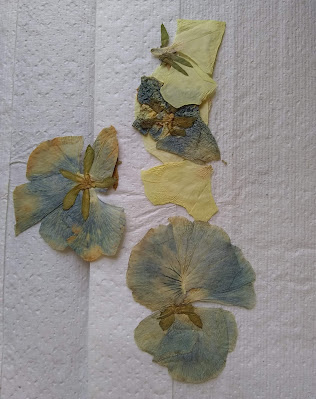This is an elegant how to book on everything you ever needed to know on the art of Tapestry Weaving. Rebecca Mezoff does a lot of teaching, on YouTube and elsewhere, and is very skilled indeed. She got Sarah Swett to write the foreword, so that inclines me to study this book.
Aside from the instruction, there's a gallery of tapestry art, from very modern, tapestry is art, and it changes as art does
all the way back to medieval, the Unicorn Tapestries. There is a collection in the Cloisters, part of the Met, which I've visited, and another in the Cluny Museum in Paris which I totally failed to visit when I lived there, because I didn't know about it.
And here, harking back, is a stitching I created years ago, been exhibited and had a good deal of attention. It's from a picture of one of the Cluny tapestries, stitched in a single strand of floss, on 38 count silk gauze canvas. I just used the picture as a reference, working on a blank canvas.
It's 6" x 4" framed in a little wood frame which works quite well for it. I've also used this image, scanned it and taken transfer prints from it. Got my moneys worth, I'd say.
Meanwhile, if you're interested in tapestry, Rebecca covers every sort of loom, from the large floor loom to diy pipe looms and wooden craftsman made looms. I don't think there's anything you can't find in this book. She also deals with color and design, just everything.
Even if you don't plan on working in tapestry, it's a great book to wander through just for the visual pleasure of the whole thing.

























































